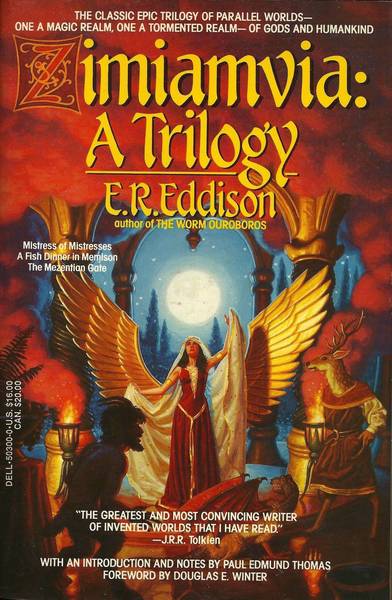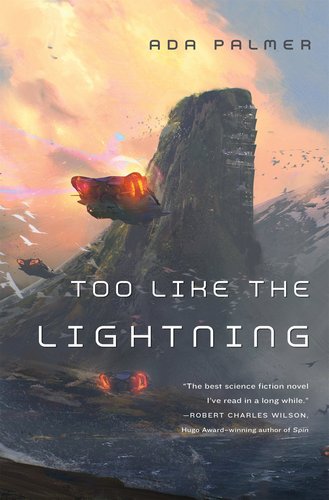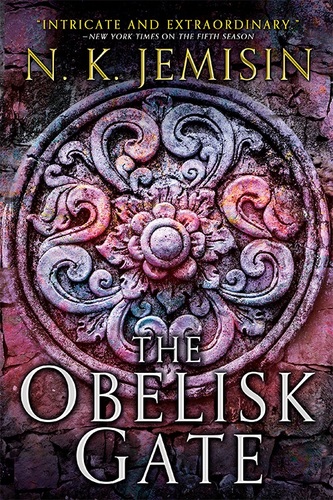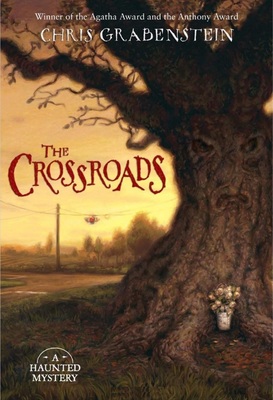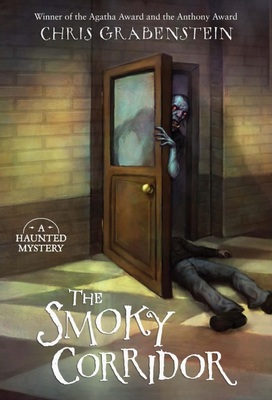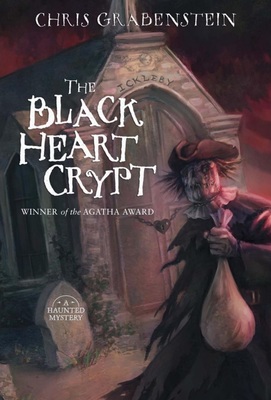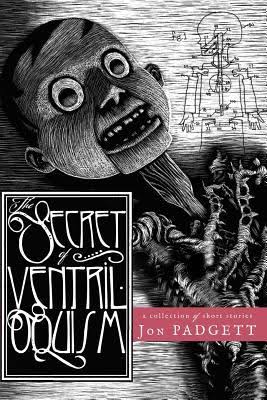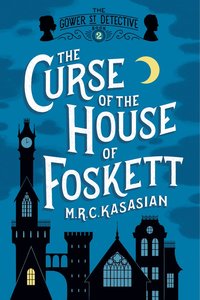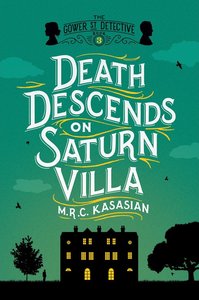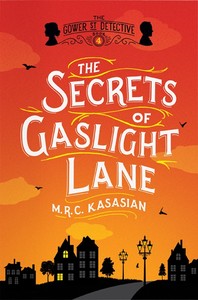The Gestation of Cape and Cowl: Thoughts On Jess Nevins’ The Evolution Of The Costumed Avenger
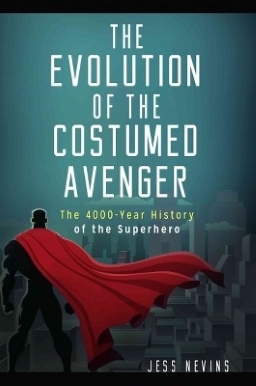 Though he’s written short stories and three self-published novels, Jess Nevins is likely best known as an excavator of fantastic fictions past: an archaeologist digging through the strata of the prose of bygone years, unearthing now pieces of story and now blackened ashes of some once-thriving genre long since consumed and built over by its lineal successor. Across annotated guides (three to Alan Moore and Kevin O’Neill’s League of Extraordinary Gentlemen, one to Bill Willingham and Mark Buckingham’s Fables) and self-published encyclopedias (of Pulps and of Golden Age Superheroes with Pulp Heroes soon to come, as well as 2005’s Monkeybrain-published Encyclopedia of Fantastic Victoriana) Nevins has reassembled old pieces of fantastika, indicating direct influences on modern writing and establishing directories of almost-forgotten story. He’s one of the people broadening the history of genre, in his books, and in articles such as his pieces for io9 on the Victorian Hugo Awards that never were.
Though he’s written short stories and three self-published novels, Jess Nevins is likely best known as an excavator of fantastic fictions past: an archaeologist digging through the strata of the prose of bygone years, unearthing now pieces of story and now blackened ashes of some once-thriving genre long since consumed and built over by its lineal successor. Across annotated guides (three to Alan Moore and Kevin O’Neill’s League of Extraordinary Gentlemen, one to Bill Willingham and Mark Buckingham’s Fables) and self-published encyclopedias (of Pulps and of Golden Age Superheroes with Pulp Heroes soon to come, as well as 2005’s Monkeybrain-published Encyclopedia of Fantastic Victoriana) Nevins has reassembled old pieces of fantastika, indicating direct influences on modern writing and establishing directories of almost-forgotten story. He’s one of the people broadening the history of genre, in his books, and in articles such as his pieces for io9 on the Victorian Hugo Awards that never were.
Now he has a new book about the development of the superhero and what came before. The Evolution of the Costumed Avenger is subtitled The 4000–Year History of the Superhero, and delivers what it promises. Much that has fallen into obscurity is brought to light in this book. Precedents are unearthed. Archetypal forms are catalogued. But more than that, and perhaps more valuable, known things are recontextualised. Four thousand years of the Western heroic tradition, if not of Western literary tradition, are here imagined in a new way: as prologue to the coming of the superhero. The superhero, lately so central to popular fiction on page and screen, here finds a new apotheosis as the lens through which all preceding heroes are to be perceived. As the end-point of evolution.
And that’s fair enough. That’s what a history often does, foregrounding its subject, putting it at the centre of things. Nevins does his job well, writing in a style that’s academic in its rigour and its careful references to other scholars, while avoiding the jargon and convoluted syntax that mars much academic writing. His prose is clear, yet dense with information, moving quickly while constantly introducing new facts and new ideas. Given the vastness of his subject the book’s quite brief and indeed perhaps too brief: barely 300 pages, though those (like me) who relish discursive and tangential footnotes will appreciate the further 50 pages of endnotes. Nevins’ research is excellent throughout, particularly in the chapters covering the last two or three centuries. As is perhaps inevitable I have some questions and some doubts; most of them revolve around the way that Nevins defines the book in its opening chapter, and around the concluding chapters where Nevins presents a brief history of post–Golden Age superheroes. But The Evolution of the Costumed Avenger is clearly a success, not just an entertaining book but one vital for its field; a work that provides much food for thought to any reader with an even marginal interest in its subject.

